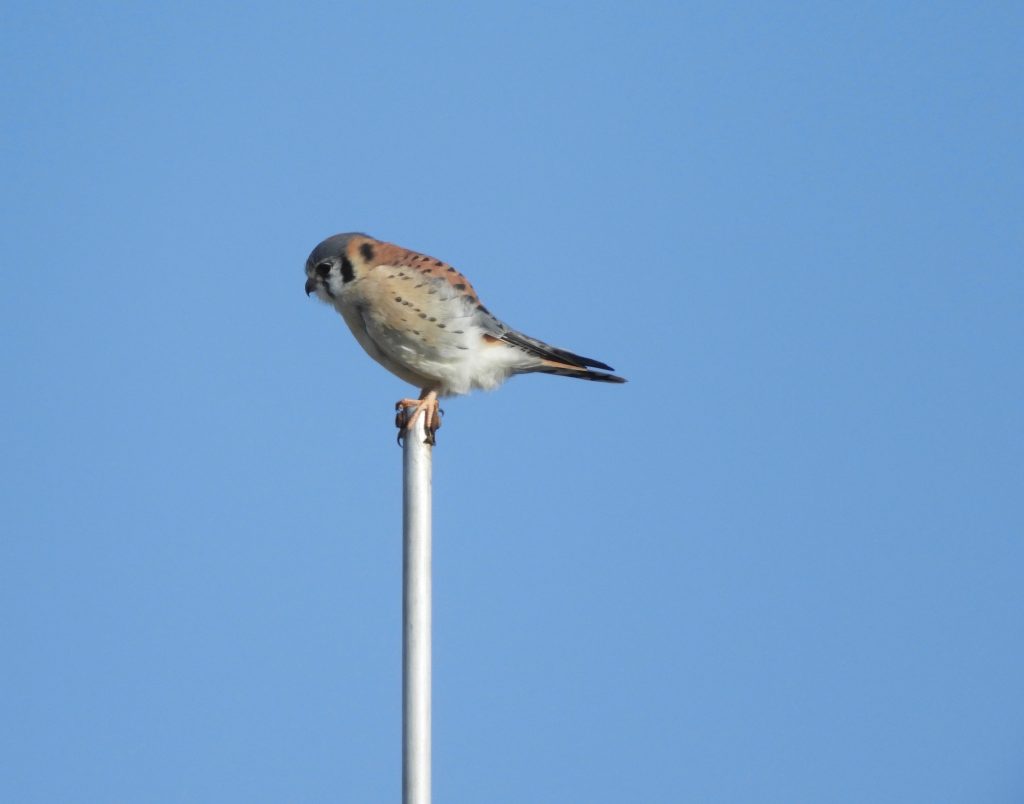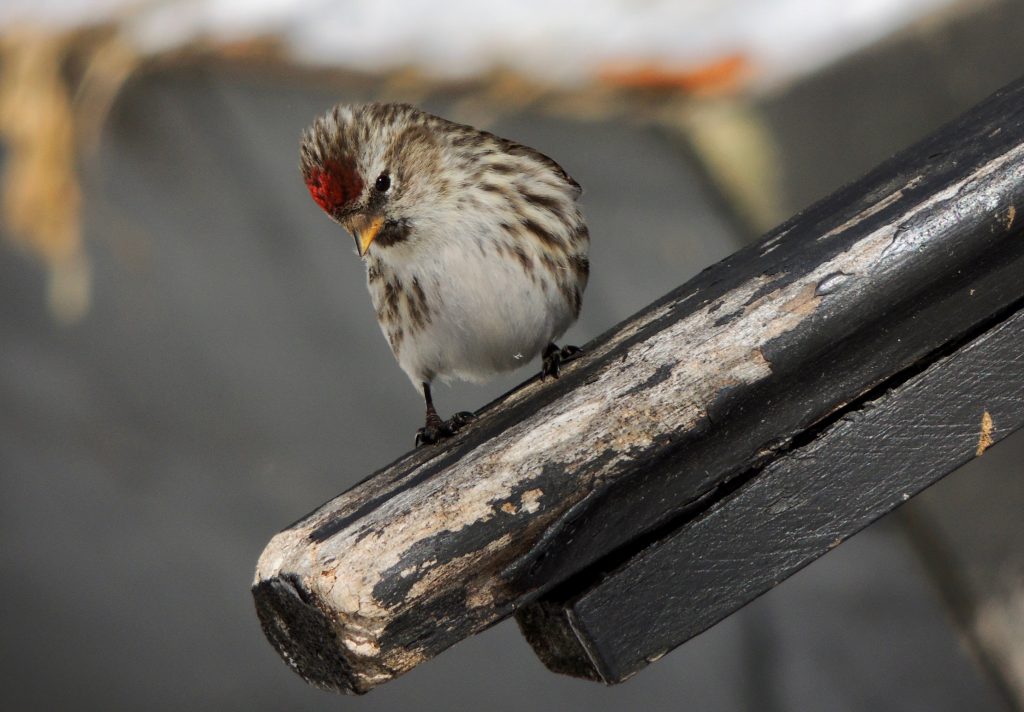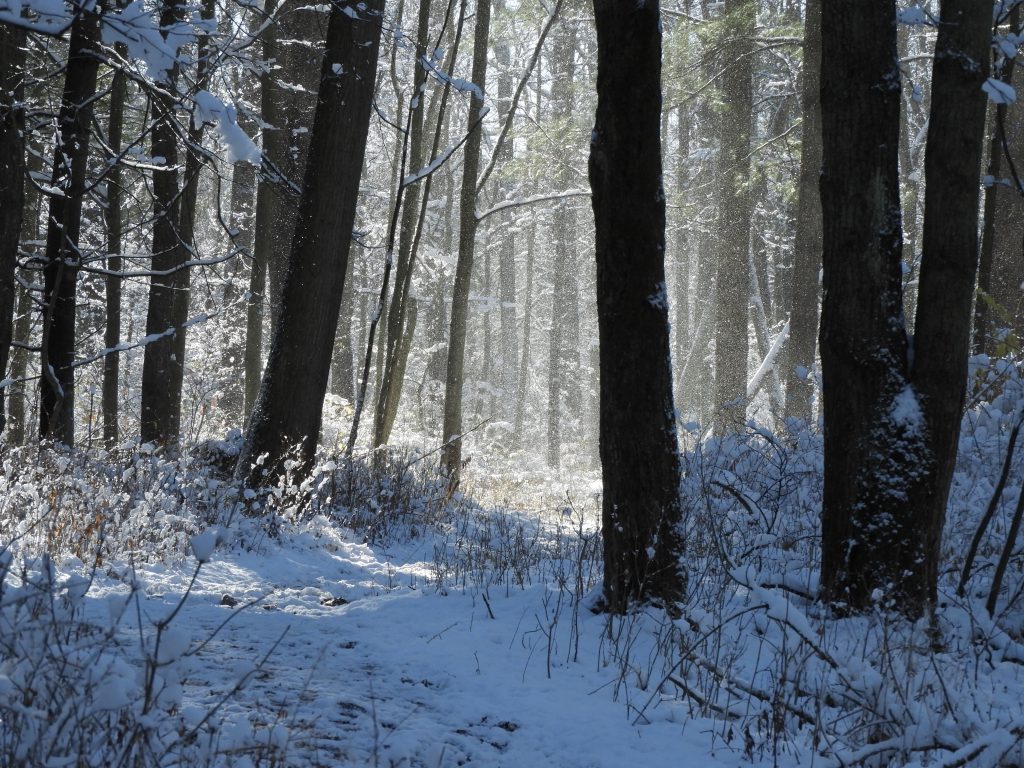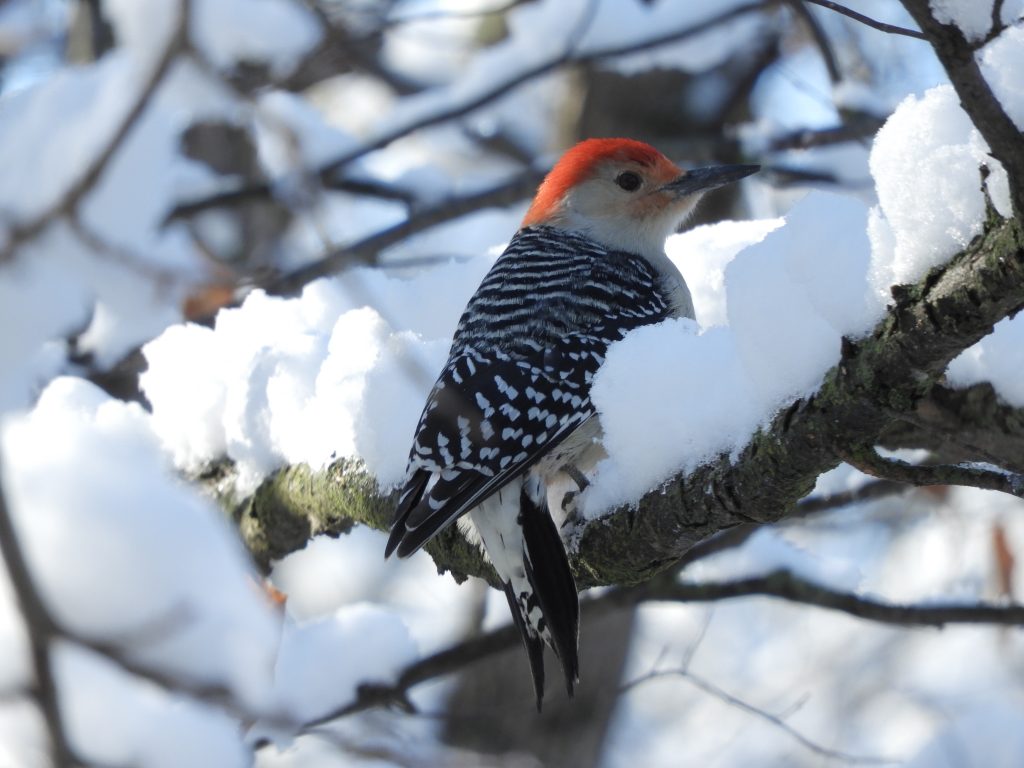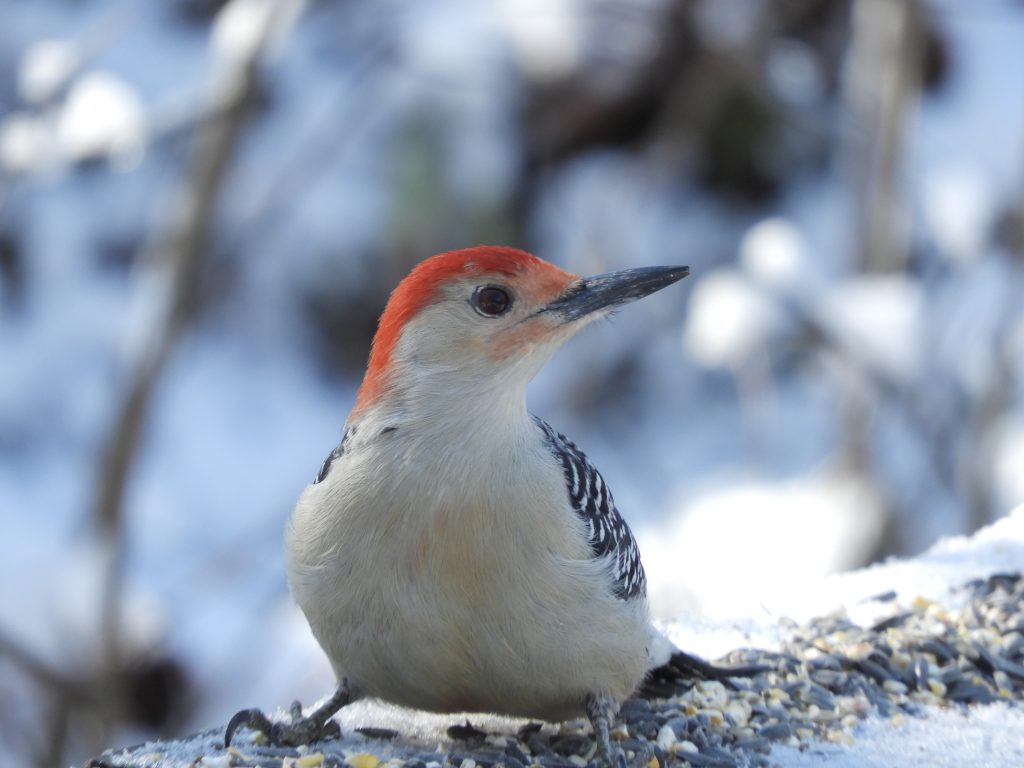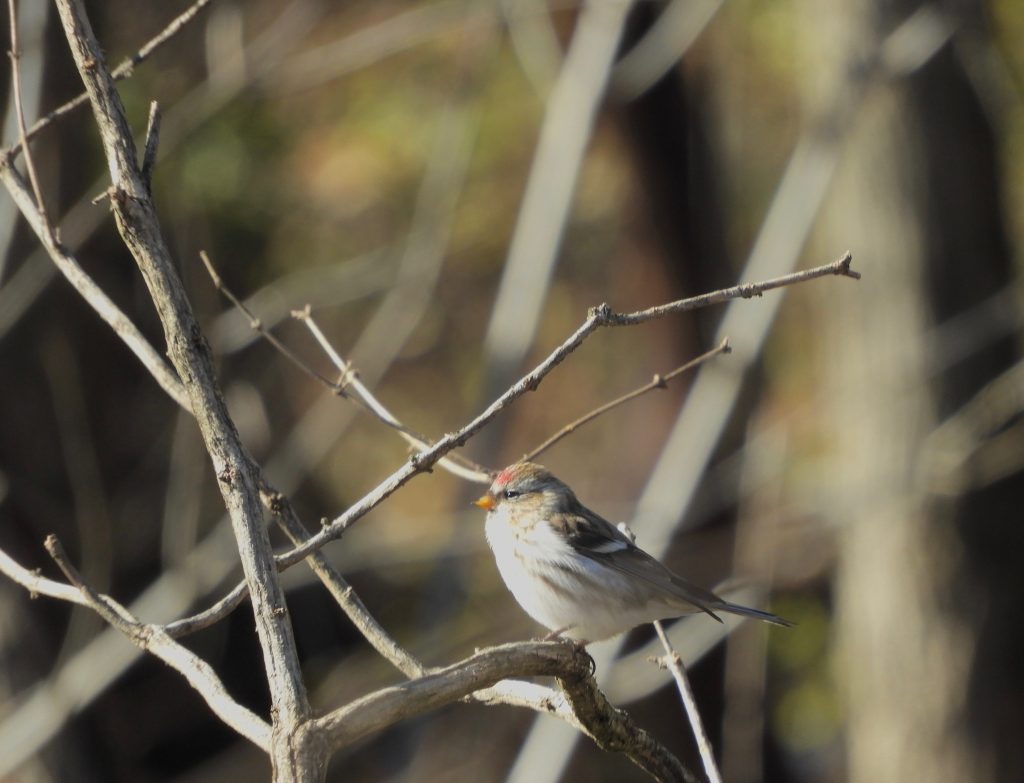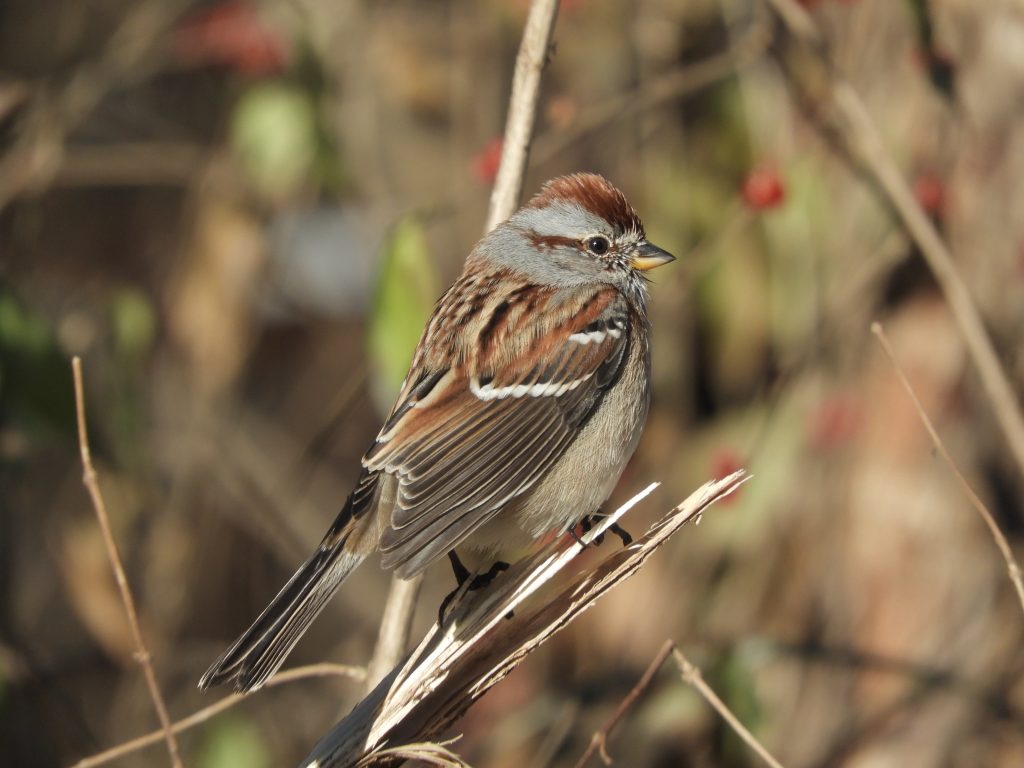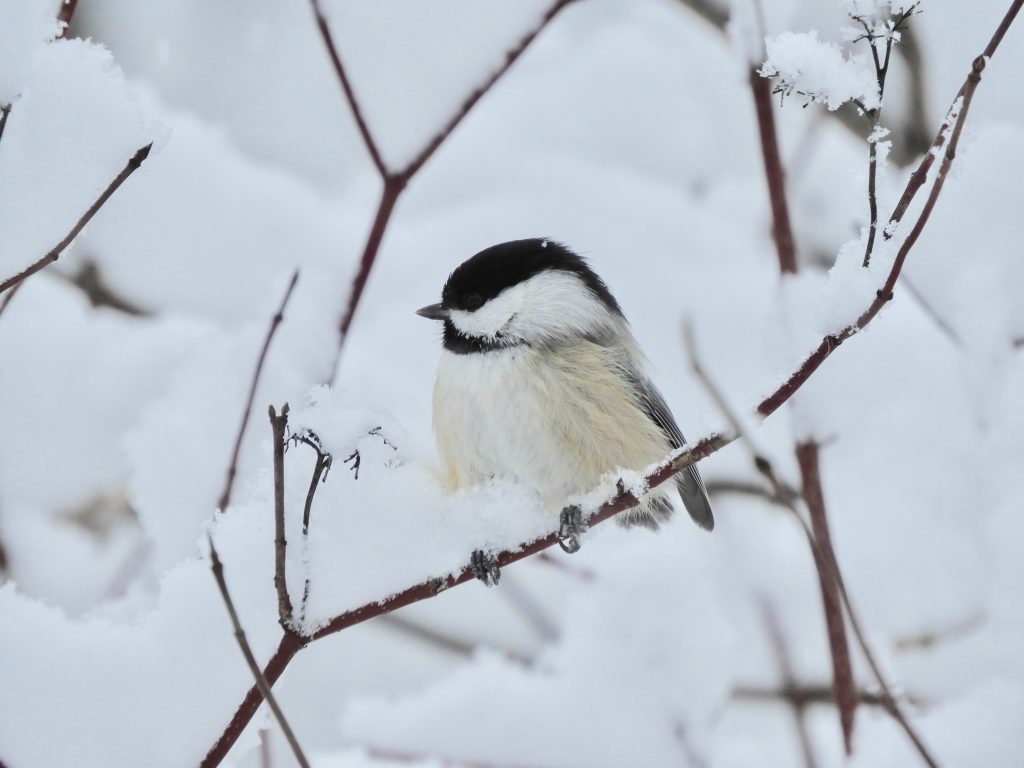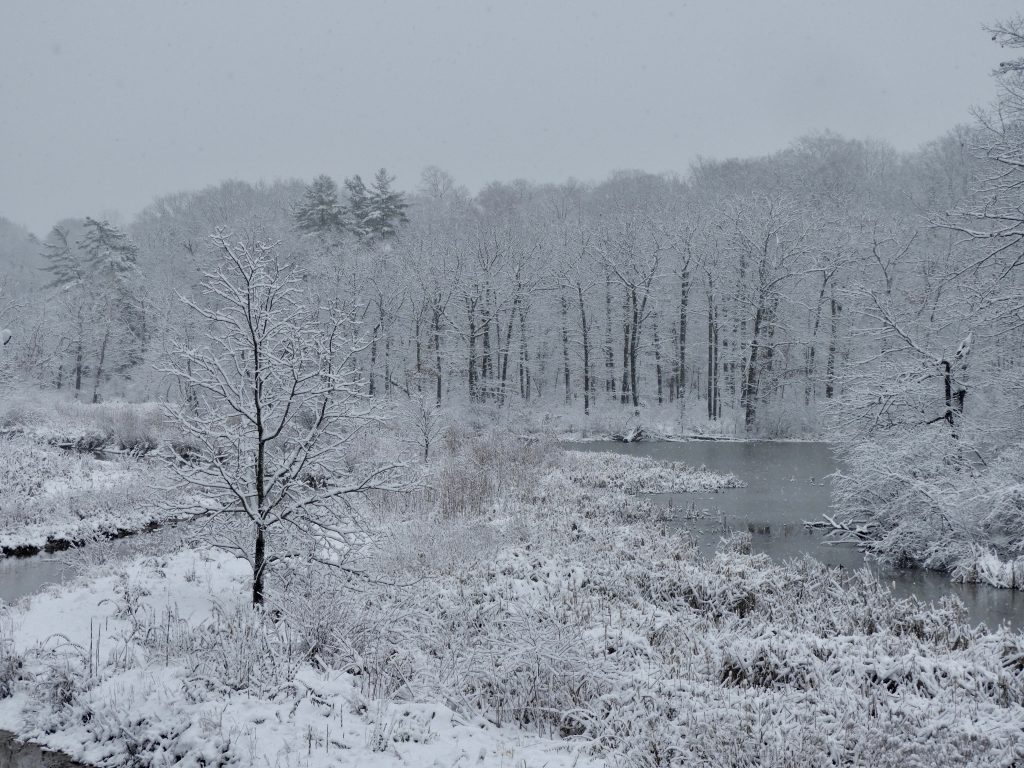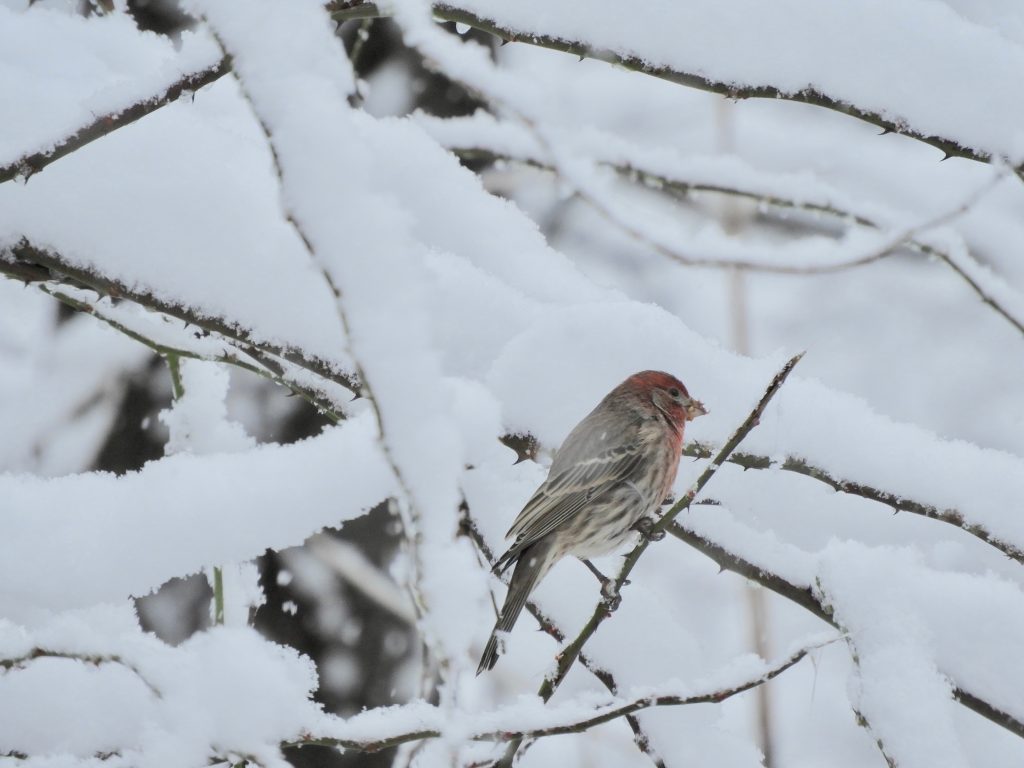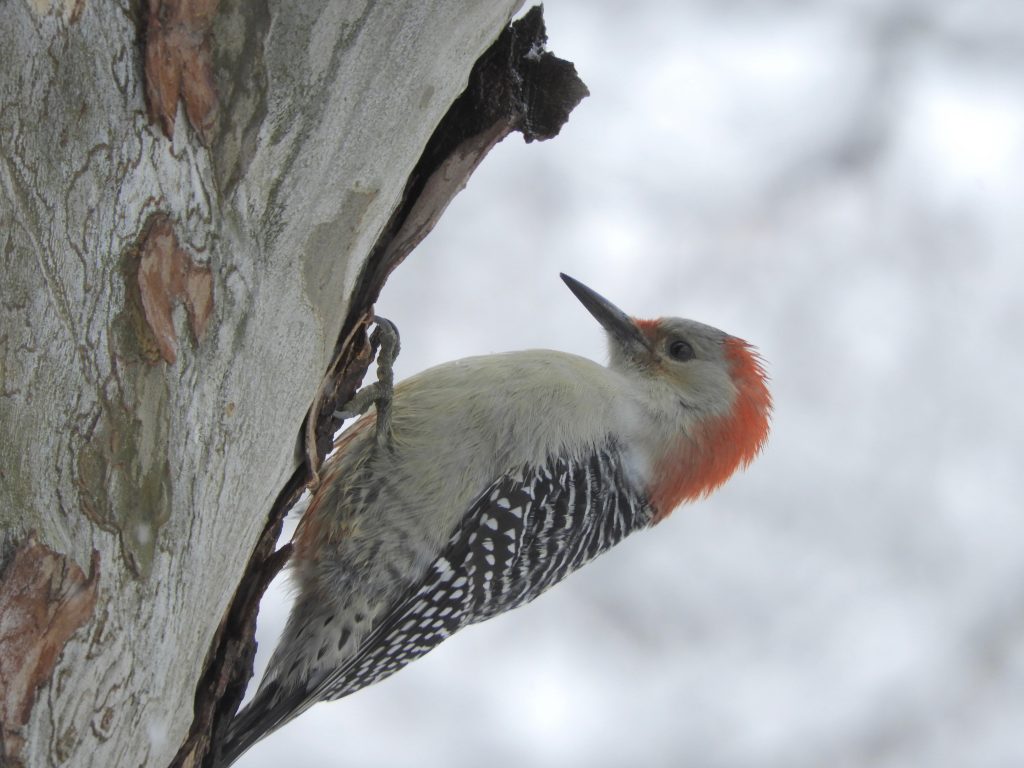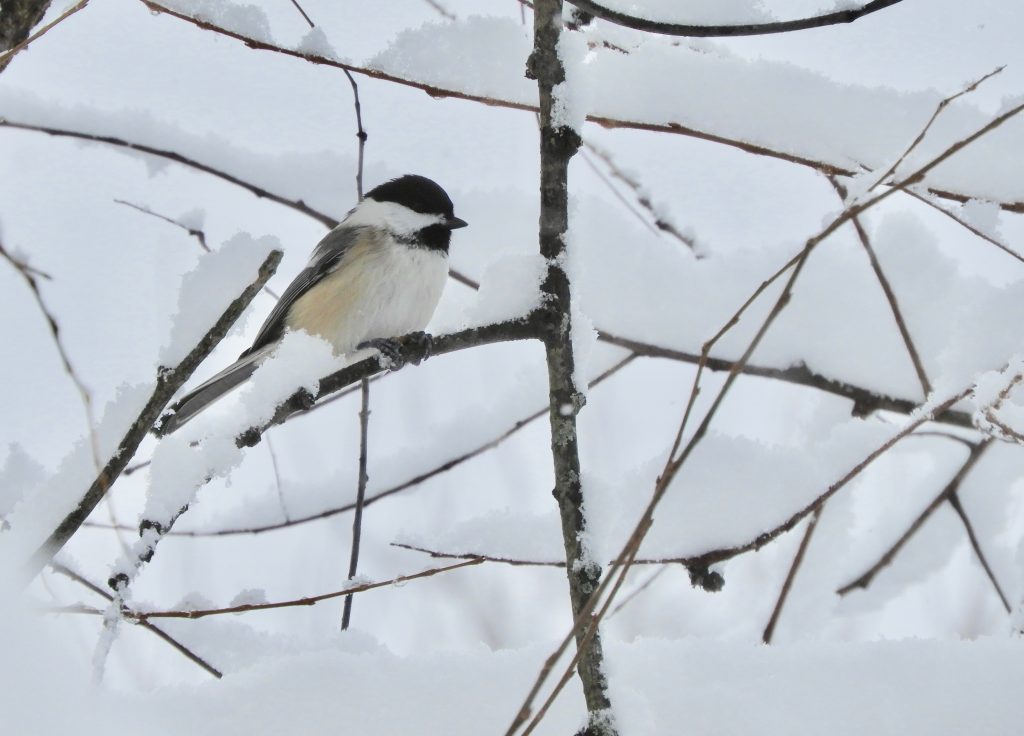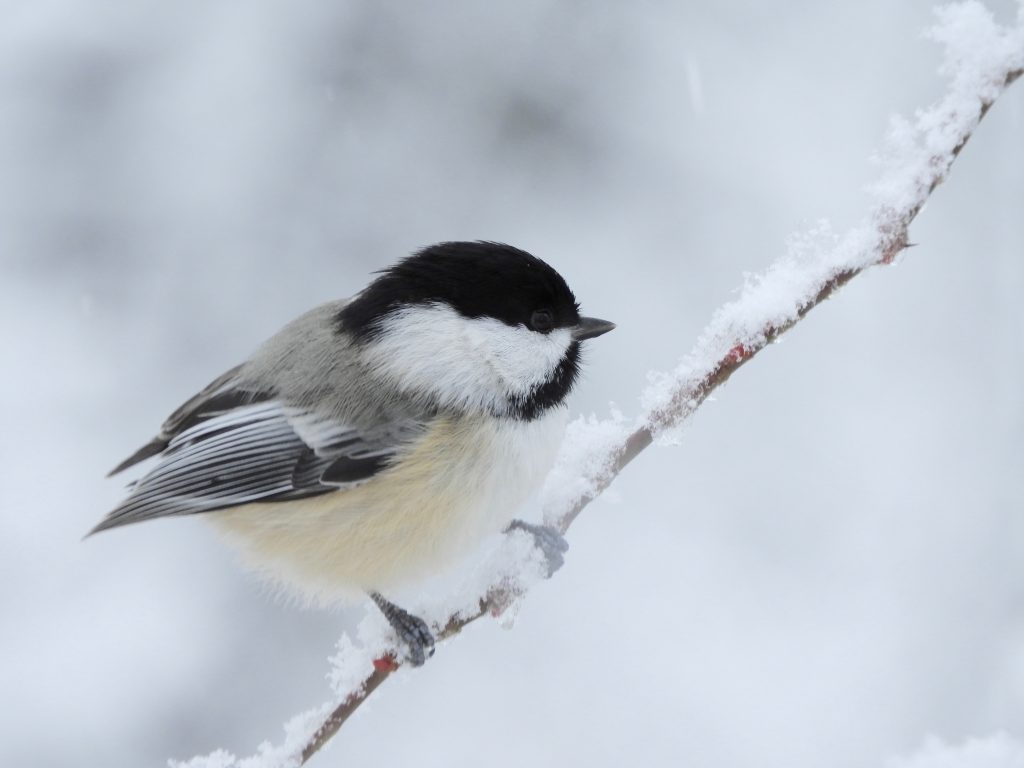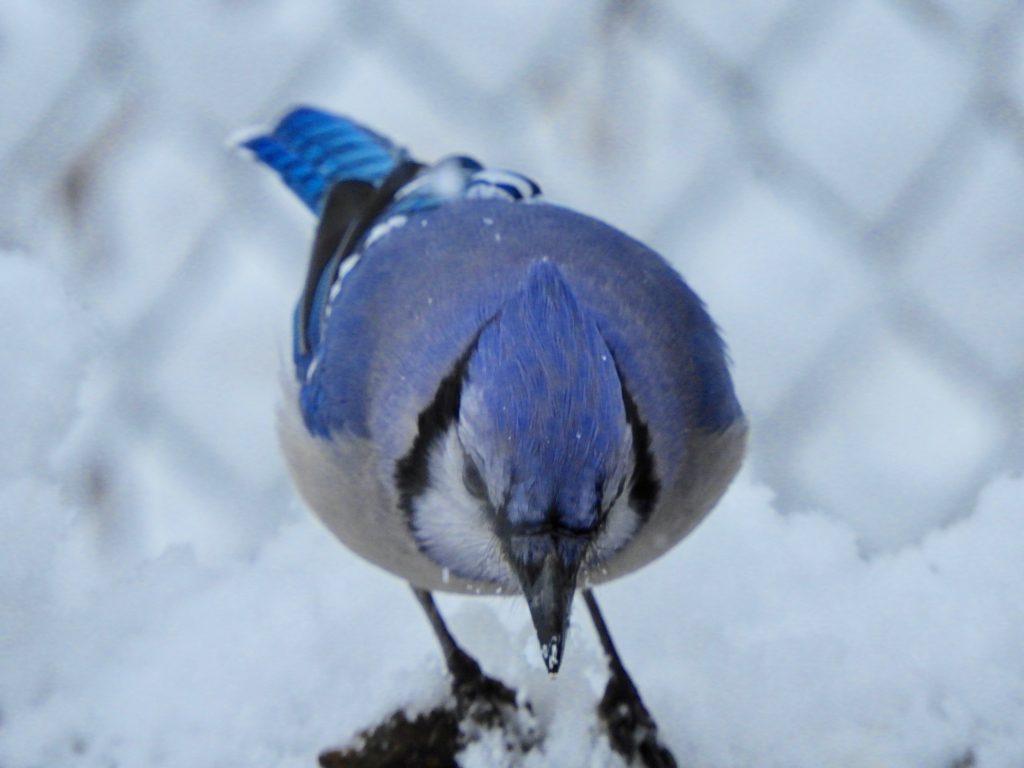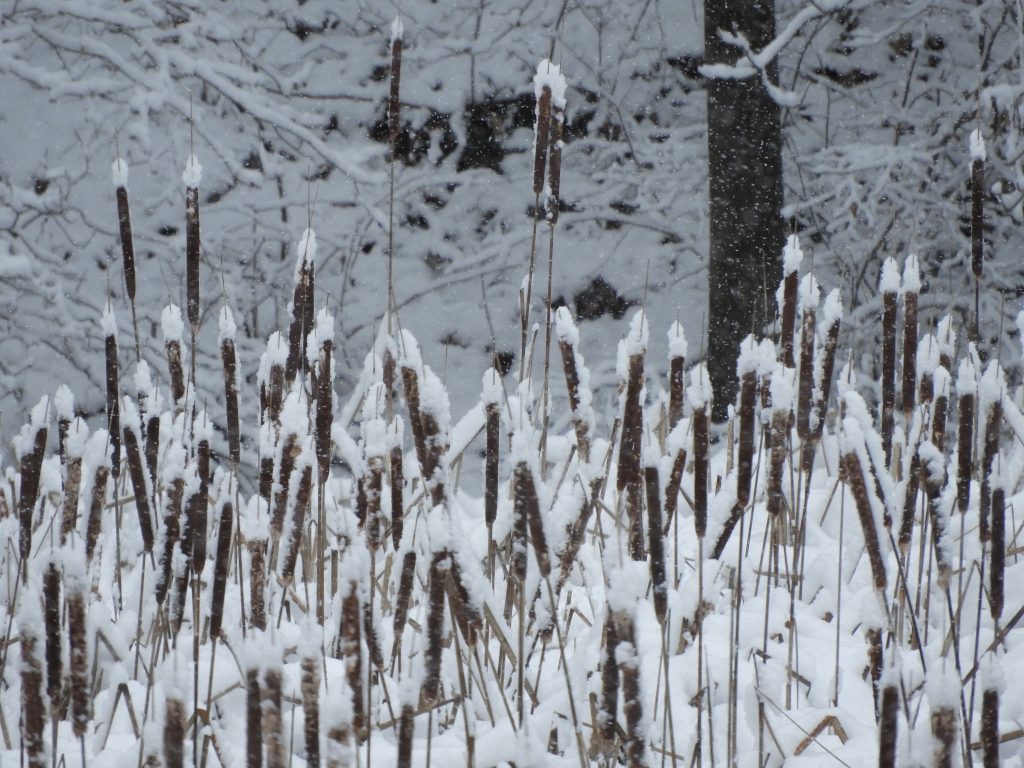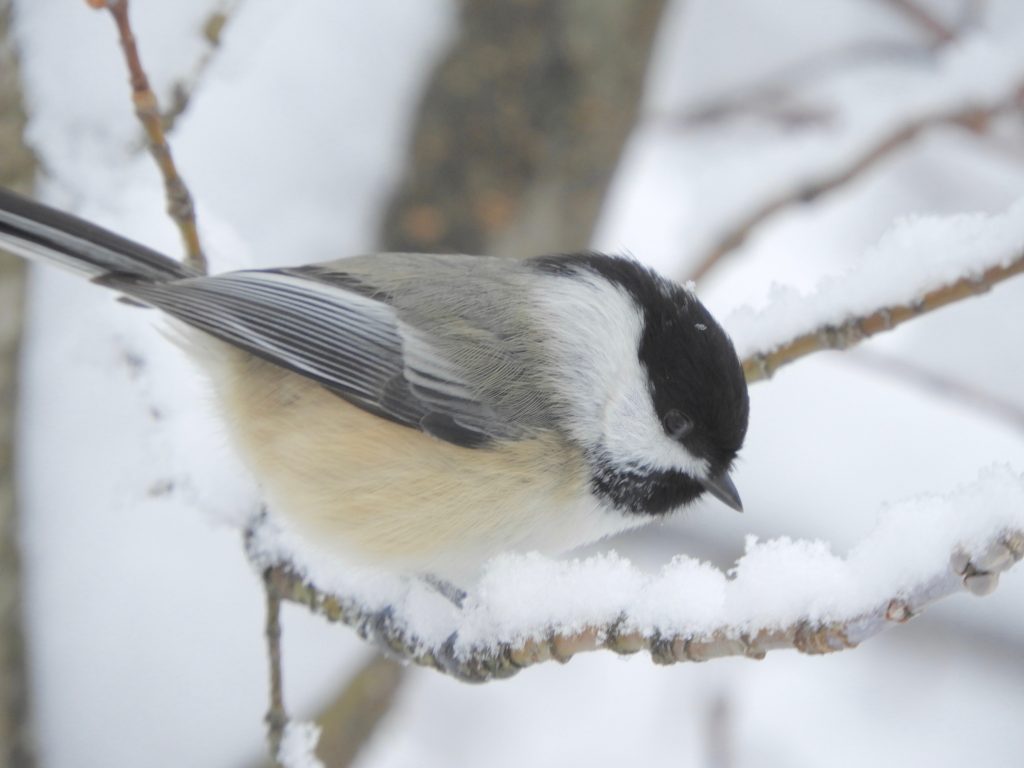
RBG. Hendrie Valley, Burlington ON. December 13th. 2020. This birding game y’know – it never fails. There’s always something worth stopping for, something surprising, something new, unlikely, unexpected, unexplainable or maybe just plain delightful. On this cool and blustery winter day this female Red-bellied Woodpecker was to blame.

It wasn’t that she was doing something hugely improbable, she just seemed to be looking for somewhere to cache an acorn, digging and tapping at a soft tree cavity, picking up the acorn, setting it aside, exploring; generally very busy. I watched and photographed her, and it set me thinking: do Red-bellied Woodpeckers routinely cache food, or is this slightly unusual behaviour? It’s not so improbable after all, there’s a lot of food value in an acorn and winter is long and has hardly started. Standing there, watching, I knew that a not too distant relative, the Acorn Woodpecker, is famous for tucking acorns away for another day, in fact that’s how it got its name. But Red-bellied Woodpeckers too?
It was this provocative minute or two of watching and wondering that made her my Bird of the Day. The answers are not too hard to find. Cornell Lab of Ornithology’s Birds of the World website has plenty to say about it. “May store food throughout the year, but this behaviour is most prevalent in fall. Small items are stored whole, larger items are usually broken into pieces before storage. Usually uses storage sites that are readily available and require no excavation, such as existing cracks or crevices in trees or posts, or in vine rootlets on tree trunks…..Reported to store nuts, acorns, corn, grapes, various seeds and berries, and insects. A Red-bellied Woodpecker in Kansas was reported to store cow dung, and captive birds have been observed to cache miscellaneous objects: nails, toothpicks, wood slivers, paper clips, and paper.” [1] A bit more digging and I found that none of our other resident woodpeckers are known to habitually cache food.
So now, much wiser, I know she was just doing what Red-bellied Woodpeckers do. But those moments of observation made an otherwise quiet morning’s birding a little bit richer, which is how she gets to be My Bird of the Day.
1. Miller, K. E., D. L. Leonard Jr., C. E. Shackelford, R. E. Brown, and R. N. Conner (2020). Red-bellied Woodpecker (Melanerpes carolinus), version 1.0. In Birds of the World (P. G. Rodewald, Editor). Cornell Lab of Ornithology, Ithaca, NY, USA. https://doi.org/10.2173/bow.rebwoo.01








